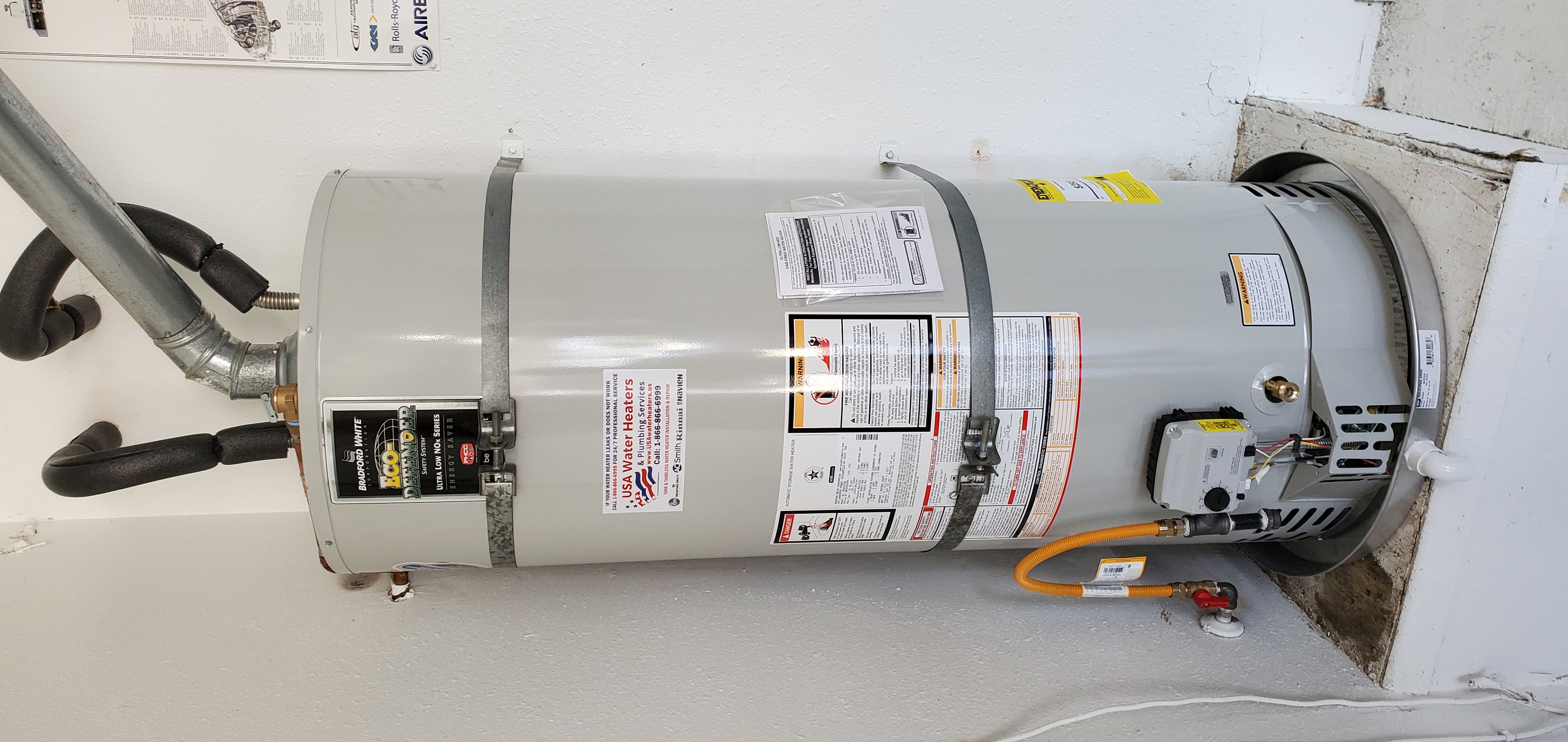Do It Yourself Hot Water Heater Setup: Necessary Actions for Success
When considering a Do it yourself water heater setup, it is vital to approach the task with a methodical state of mind, as the procedure includes a number of crucial steps that can significantly impact both safety and security and effectiveness. Selecting the ideal water heater for your specific demands is simply the start; preparing the installment area and understanding the needed tools and materials are equally crucial.
Picking the Right Hot Water Heater
When picking a hot water heater, it is vital to think about several vital elements to ensure ideal performance and effectiveness - water heater installation Yorba Linda. To start with, evaluate the kind of water heater that ideal suits your requirements. Options include tankless, tank, and warmth pump water heating units, each offering unique benefits in regards to power efficiency and space requirements
A larger household might call for a system with a higher gallon capacity or a tankless system that can provide continual hot water. Each energy kind has effects for installment expenses and lasting power costs.
Power performance is one more important element. By meticulously assessing these factors, you can pick a water heater that aligns with your house's particular needs, making sure comfort and performance for years to come.
Tools and Materials Needed
Effectively mounting a hot water heater needs not just the right selection of unit yet additionally the suitable devices and products. Before starting your DIY job, ensure you have a thorough listing of products to assist in a smooth installment process.
Essential tools consist of a pipe wrench, flexible pliers, and a screwdriver set (both flathead and Phillips), which will assist you take care of numerous fittings and links. Furthermore, a drill with ideal little bits is essential for placing braces or making any type of required holes. For safety and security, a voltage tester is critical, especially when dealing with electric hot water heater.
You will certainly likewise need a flexible water supply line, which can be either braided stainless steel or PVC, depending on your choices and neighborhood codes. By collecting these devices and materials beforehand, you set the stage for an effective water heating system installment.
Preparing for Installation
Prior to starting the installation of your water heating unit, it is essential to analyze the setup site to ensure it satisfies all essential requirements. Beginning by validating that the location is well-ventilated, specifically for gas hot water heater, to stop the build-up of damaging gases. Examine for the availability of necessary links, consisting of water supply lines and electric outlets, guaranteeing they remain in good problem and correctly located.

This proactive strategy not only guarantees compliance with regional structure codes yet likewise improves the longevity and performance of the water heating system. Proper prep work sets the phase for a smooth installation procedure and aids protect against unforeseen problems.
Step-by-Step Installment Refine
With the preparation complete and all needed analyses performed, the next phase involves the step-by-step setup of your water heating system. For tank-type water heaters, attach the cold water supply line to the inlet, usually marked in blue, and the hot water line to the electrical outlet, usually assigned in red.
Following, protect the temperature level and look at this web-site pressure safety valve, which is crucial for security. Affix the discharge pipeline to this valve, directing it towards the flooring or an appropriate drain area. For electrical models, link the power supply by removing the cords and securing them to the heating system's terminals according to the maker's instructions.
If you are setting up a gas water heating system, make sure the gas line More about the author is connected appropriately and inspect for leaks utilizing a soap service. Connections are made, fill the storage tank with water before transforming on the power or gas supply. Allow the water heating unit to get to the desired temperature level and check for any leakages around all links.
Ensuring Safety and Effectiveness
Regularly making sure safety and effectiveness throughout the installation and operation of your water heater is crucial for optimal performance and long life. Begin by selecting a suitable area that abides by neighborhood building ordinance and offers ample air flow. Guarantee that the location is free from flammable products and has adequate room for upkeep and examinations.

After installation, conduct normal checks on the system to detect leaks, deterioration, or unusual noises. Establish the thermostat to a risk-free temperature level, normally around 120 ° F, to avoid hot and enhance energy performance. Insulate pipes to reduce warmth loss, which adds to reduce power expenses.
Conclusion
To conclude, successful do it yourself water heater installment hinges on careful planning and execution. Picking the ideal hot water heater, preparing the installation area, and adhering to an organized installation process are crucial steps. Sticking to security standards throughout the setup ensures both safety and efficiency. Furthermore, normal upkeep checks post-installation will add to the optimum performance of the water heater, ultimately improving the longevity and efficiency of the system. Effectively setting the thermostat better ensures secure procedure.
When considering a DIY water heating system installation, it is necessary to approach the task with a methodical frame of mind, as the procedure entails a number of essential steps that can dramatically affect look here both safety and security and efficiency.Prior to starting the setup of your water heater, it is essential to assess the installation website to ensure it satisfies all required requirements. For tank-type water heating units, attach the cool water supply line to the inlet, typically marked in blue, and the hot water line to the electrical outlet, typically designated in red.On a regular basis making sure safety and efficiency during the installation and procedure of your water heating system is critical for optimal efficiency and longevity. Selecting the ideal water heating system, preparing the setup area, and following an organized installation process are important steps.